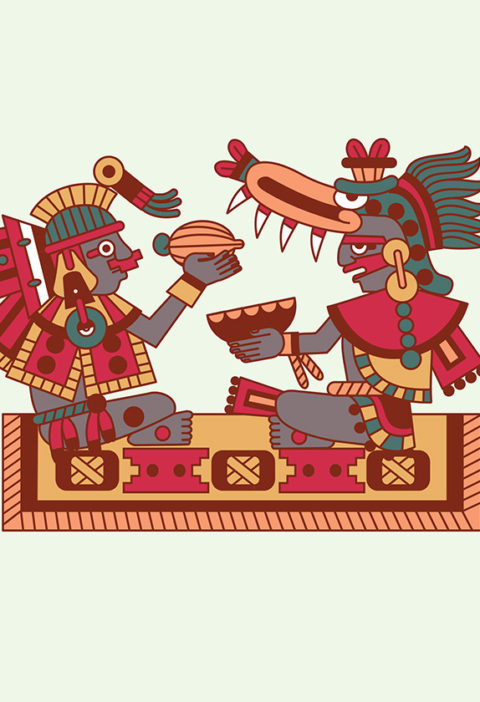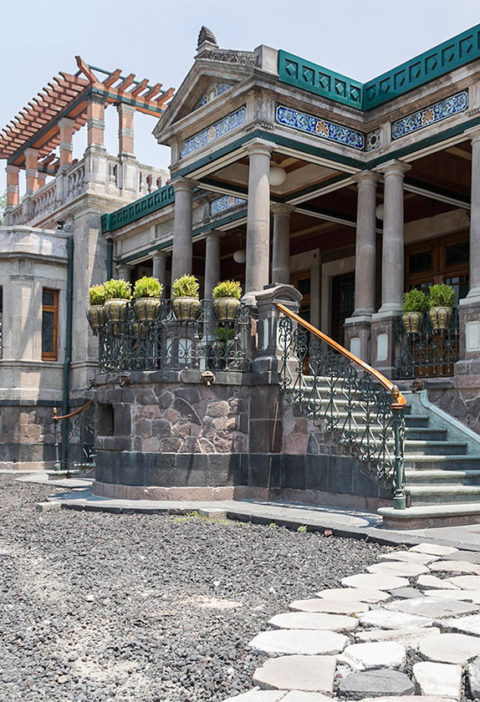By Oscar Quiroz
In the second letter of relationship that Hernán Cortés writes to tell what happened in the new lands; he describes the market with a square so large that it was twice of Seville’s. On this site he mentions the colors about the following: “There are many ways to sell cotton yarn, of all colors, in its little skeins, which properly looks like Granada’s sewer in silks, although this is in much more quantity. Colors are sold to painters who can be found in Spain, and of such excellent nuances how they can be.” Possibly one of those “so excellent” colors referred to is the grana cochineal, the color that came from these lands to the world.
It is difficult to find in the history of humanity an insect with the relevance and economic importance that the cochineal grana (Dactilopius coccus Costa) achieved during the Mexican colonial period, approximately from 1521 to 1821.
At the time of the conquest, the eyes of the Europeans constantly stopped in the blankets and huipiles of the ancient Mexicans full of color and life, where the strong tones were used constantly, obviously highlighting the red, which stepped out decorating buildings, become part of murals and codices.
A color destined for European royalty and the princes of the Catholic Church was apparently within reach of many more hands in the Mesoamerican cultural zone, immediately unleashing greed among those who had some kind of knowledge about the cost of dyes. The color red has historically been the most difficult to obtain in the world, so for centuries it was given a place of preeminence, since being complicated to obtain and scarce means to obtain it, it became a very expensive dye, out of reach of the majority of the population.
Nocheztli, which means “prickly pear blood” in Nahuatl, was the first term the European knew to name the cause of red pigmentation in Mesoamerica. The nocheztli, baptized by the Spaniards as grana cochineal was immediately a product that unleashed ambitions and that at a surprising speed created a market beyond the seas. The first export of the dye that is registered, took place in 1523, due to an express request of Emperor Carlos V.
The dye from the Mexican insect had such a great success that the clothes of Cardinals and the Vatican guard were dyed with it from the middle of the 16th century until the beginning of the 20th century. As curious facts, it is worth noting that the mantles of the royal family and the gala jackets of the British army have been dyed since the 16th century with their dye.
The term “granate” used to refer to something illustrious and remarkable, comes from “grana” one of the denominations of the insect, due to the fact that, in order to buy the dye, a very good economic position must be had, for therefore, it is only part of the pomegranate of society having enough money to buy grana.
From 1560 to 1810 the economic importance of the insect was so great that it meant 70% of the non-metallic exports of New Spain, only gold and silver, precious metals also obtained in these latitudes, exceeded what was collected by grana.
Mexico was the place of origin and expansion of the Dactylopius coccus Costa, now after almost 500 years it is the second largest consumer in the world and its production is practically handmade, the domestic market must make use of the importation of the product to be able to respond to the need of same.







